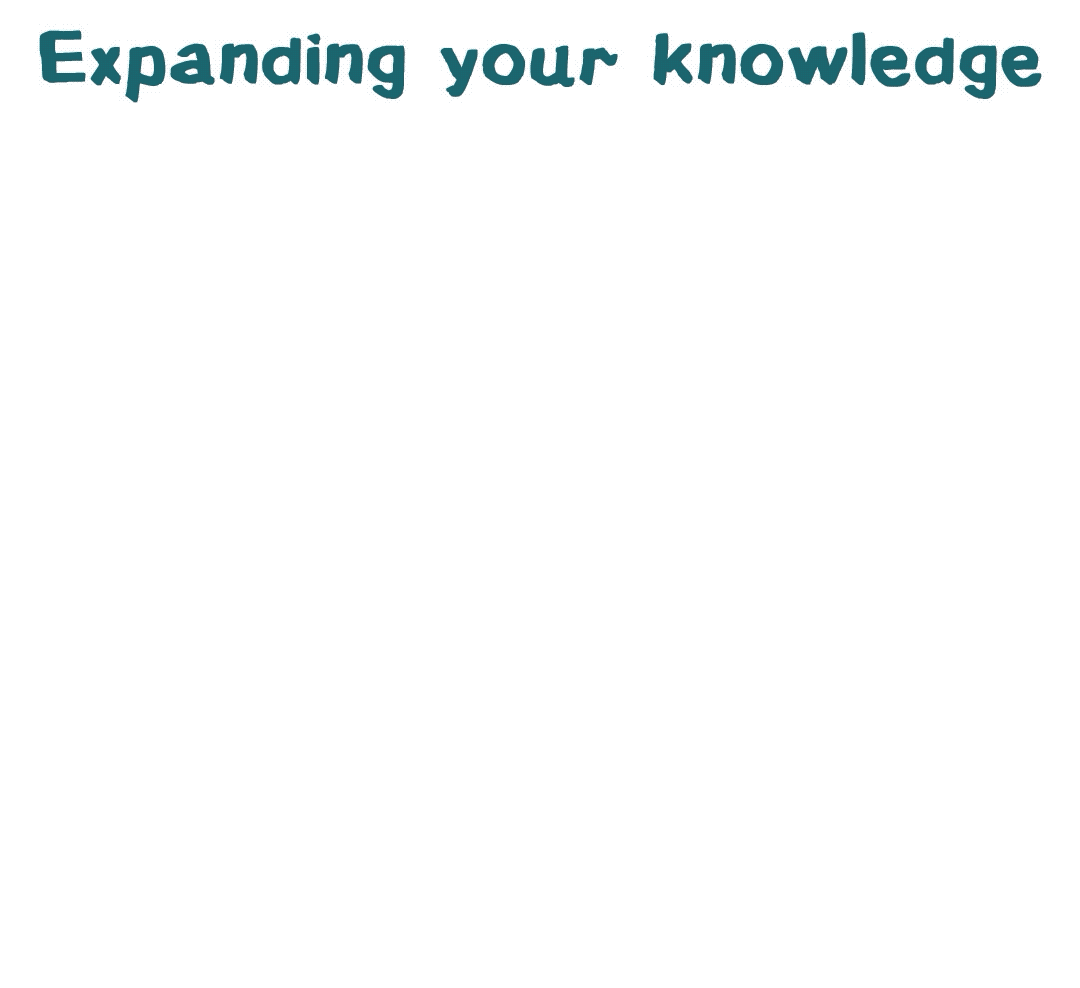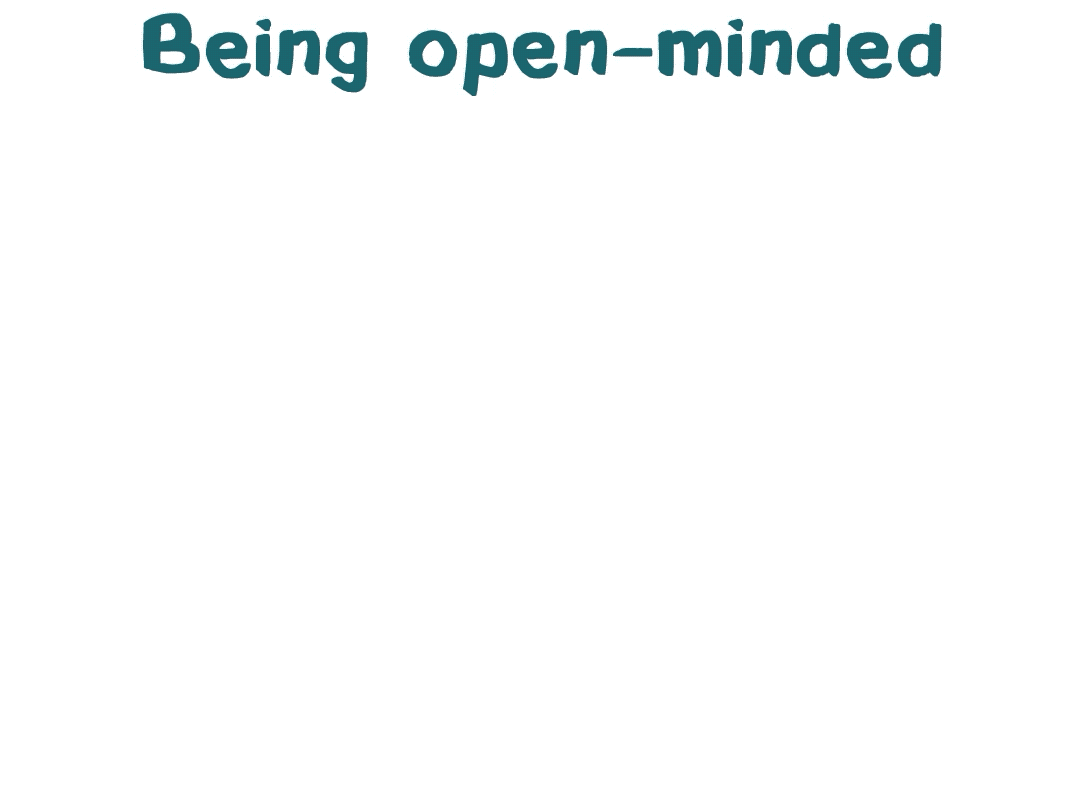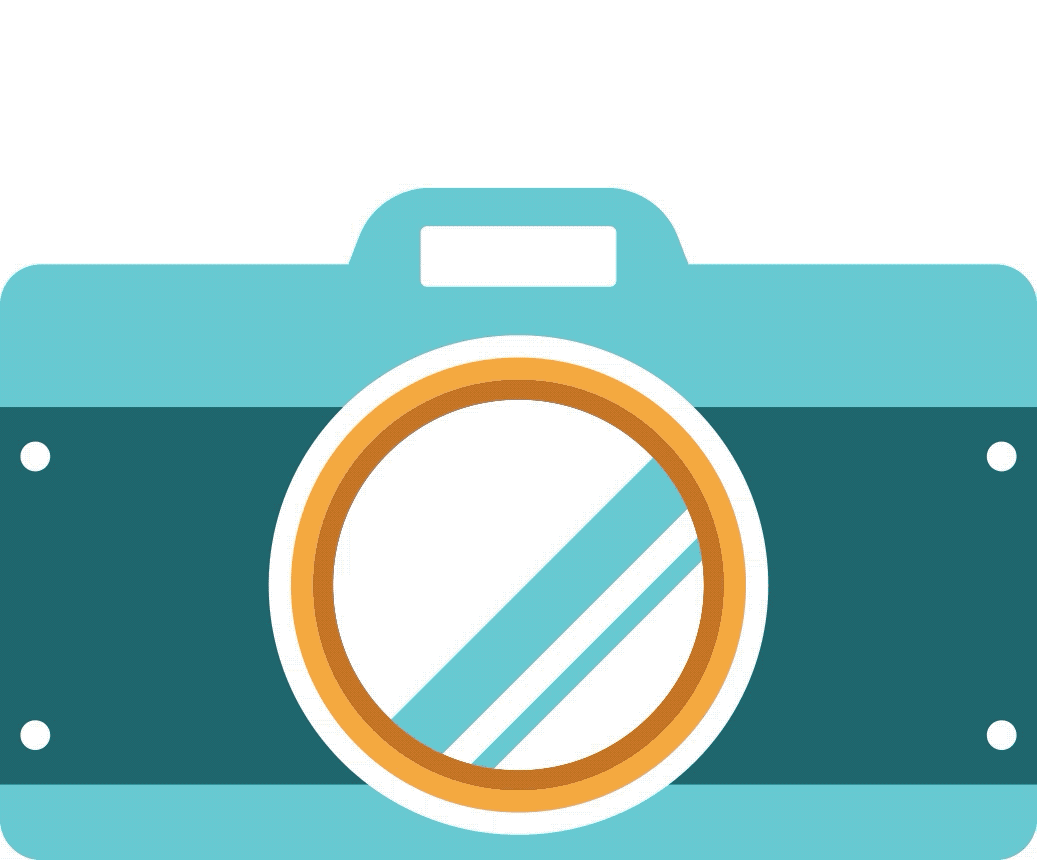Growing with Curiosity

“The mind that opens to a new idea never returns to its original size.”
Albert Einstein
Curiosity is a curious thing! It is the personal drive to explore, discover, ask, and learn that we all have inside of us. Your brain is naturally curious. And it is also a habit that can be practised. The more curious we are, the more we can learn.
Being a curious person has many benefits…

There are many ways to stimulate, grow and practice your curiosity, but two crucial things are:
Open-mindedness & asking good questions
So let’s explore these…
Open-mindedness
The first thing is open-mindedness. If your mind is closed, you won’t want to find out anything! But also, you won’t see what’s really going on, or hear what’s really being said.

But there’s a lot that can get in the way between what we see, hear and experience and what actually goes in and what we remember.

Take a moment to think what might get in the way of you being truly open-minded.

This does not mean that you have to challenge the beliefs and values that are precious to you, but being more open-minded can help you learn more effectively from your experience.
Asking good questions
The second way to stimulate, grow and practice your curiosity is by asking good questions. Being able to ask good questions means putting curiosity into practice and it can be one of the most crucial skills for learning and growing.
But what is a good question? A good question is the difference between these two questions:

The second question is so much more intriguing and useful, right? That’s because it’s an open question – so not just a yes/no answer. And it asks about something interesting – it’s asking about inspiration.
Here are a few ideas for good questions. Why not try them out with whatever makes you curious.
What are the big differences between ____ and ____ ?
Why does ____ never / always seem to ____?
How does _____ impact_____?
How does _____ work?
How is _____ connected to _____?
What’s most important about______?
What am I missing about ______ ?
How could you classify ____?
When ____, why does ____?
Put your curiosity into practice
Being curious helps you notice more about what’s going on around you – but also, noticing more leads to more curiosity.
Try this to practice your noticing skills.
STEP 1: Find an opportunity in the next day or two to sit for a while and just observe. For example, sit on a bench in a public place or look out of your bedroom window.
STEP 2: Focus on noticing as much detail as possible.
– Try to spot as many different people, types of activities, connections and interactions
– Use the questions above as a guide
– You could think of all of the senses – smell, taste, touch, sight, hearing
STEP 3: Take at least 10 photographs with your phone of things that you notice, that interest you, or that you have questions about.
It might not be possible to take photos of exactly what you want, but as long as they mean something to you that’s OK.

STEP 4: Give yourself time to reflect
– What did you learn?
– What questions came up for you when you were observing?
Remember, try to be open-minded and ask good questions – including to yourself!
Finally, don’t let fear get in the way…
To be a curious person… you might need to be courageous! It can take courage to:
– Follow your curiosity wherever it takes you
– Follow paths into the unknown
– Challenge your beliefs and ideas
– Try new things and get out of your comfort zone

